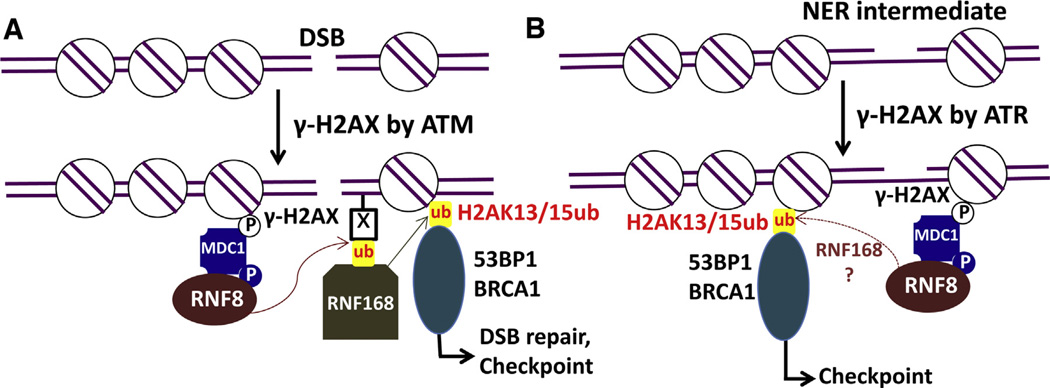Fig. 1. Model for the induction and function of H2Aub in DDR.
(A) Induction of H2Aub by DSBs. γ-H2AX induced by DSBs recruits MDC1 to the damaged chromatin, where MDC1 is phosphorylated by ATM. Phosphorylated MDC1 is bound by E3 ligase RNF8 to ubiquitylate its substrates. The ubiquitylated products by RNF8 serve as the binding sites for another E3 ligase RNF168, which directly ubiquitylates H2A and H2AX at K13 and K15. RNF168-ubiquitylated H2A is a mark recognized by 53BP1. Through H2Aub and H4K20me2, 53BP1 is recruited to regulate DSB repair and checkpoint. Recruitment of BRCA1 is also facilitated by H2Aub.
(B) Induction of H2Aub by UV photolesions. The ssDNA intermediates accumulated during NER activates γ-H2AX, and γ-H2AX initiates the signaling leading to H2Aub by RNF8. Whether RNF168 is required remains elusive. UV-induced H2Aub facilitates the subsequent recruitment of 53BP1 and BRCA1 to regulate cell cycle arrest.

